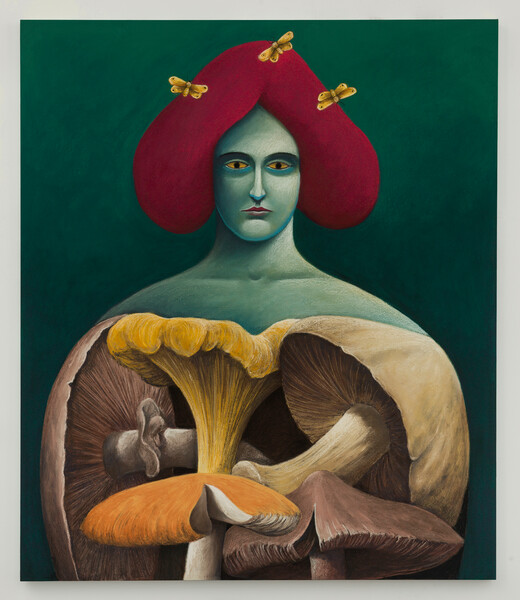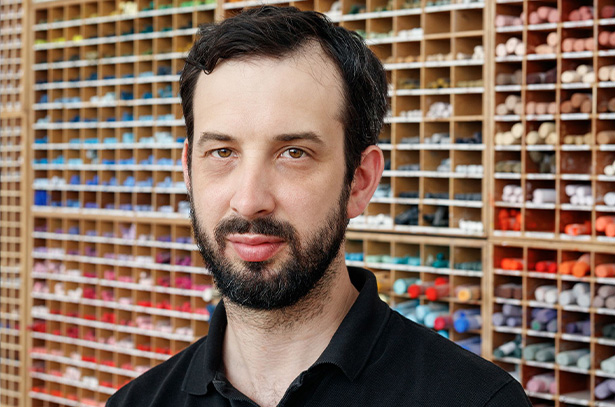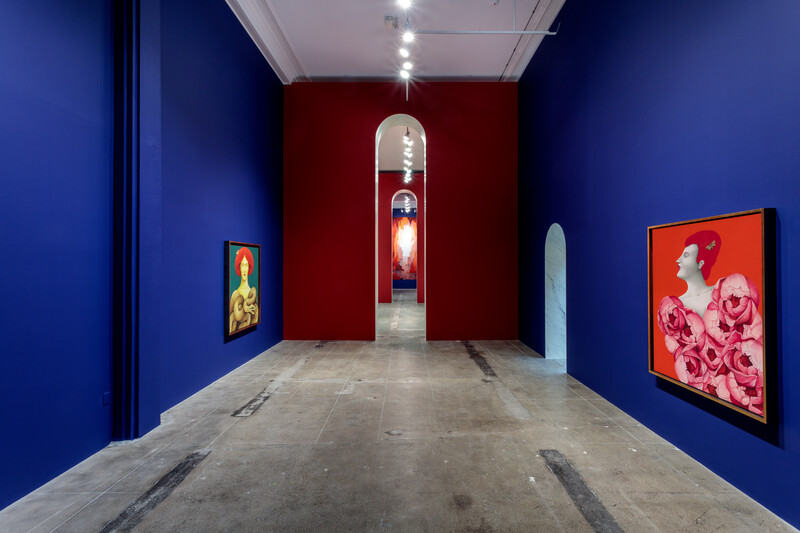
Nicolas Party
Sottobosco
13 February - 12 April 2020
Los Angeles
Installation views
1 / 7
Related Content
About the Artist

Nicolas Party
Born in Lausanne in 1980, Party is a figurative painter who has achieved critical admiration for his familiar yet unsettling landscapes, portraits, and still lifes that simultaneously celebrate and challenge conventions of representational painting. His works are primarily created in soft pastel, an idiosyncratic choice of medium in the 21st-century, and one that allows for exceptional degrees of intensity and fluidity in his depictions of objects both natural and manmade. Transforming these objects into abstracted, biomorphic shapes, Party suggests deeper connections and meanings. His unique visual language has coalesced in a universe of fantastical characters and motifs where perspective is heightened and skewed to uncanny effect.
In addition to paintings, Party creates public murals, pietra dura, ceramics, installation works, and sculptures, including painted busts and body parts that allude to the famous fragments of ancient Greece and Rome. His brightly-colored androgynous figures vary in scale from the handheld to the monumental, and are displayed on tromp l’oeil marble plinths of differing heights that upend conventional perspective. Party’s early interest in graffiti and murals—his projects in this arena have included major commissions for the Dallas Museum of Art and the Hammer Museum in Los Angeles—has led to a particular approach to the installation and presentation of his work. He routinely deploys color and makes architectural interventions in exhibition spaces in order to construct enveloping experiences for the viewer.
The artist’s childhood in Switzerland imprinted upon him an early fascination with landscape and the natural world, and the influence of his native country places Party firmly within the trajectory of central European landscape painting. Points of reference in his work include celebrated 19th-century Swiss artists Félix Vallotton, Ferdinand Hodler, and to Hans Emmenegger. One can also find within his works a 21st-century synthesis of the sorts of impulses and ideas that fueled the Renaissance and late 19th-century, early 20th-century figurative painting, the compositional strategies of Rosalba Carriera and Rachel Ruysch, and the visions of such self-taught artists as Louis Eilshemius and Milton Avery.
Based in New York, Party studied at the Lausanne School of Art in Switzerland before receiving his MFA from Glasgow School of Art in Scotland.
Current Exhibitions
1 / 11

























